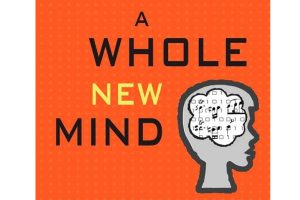
Communicating before, during and after a capital campaign requires the kind of symphonic thinking that author Daniel Pink explores in A Whole New Mind: Moving from the Information Age to the Conceptual Age. Strategic visions and campaign priorities can quickly deconstruct into campaign inventory and itemization — losing all connection to a larger and more […]



